Pine "Winter Gold": description, cultivation, reproduction
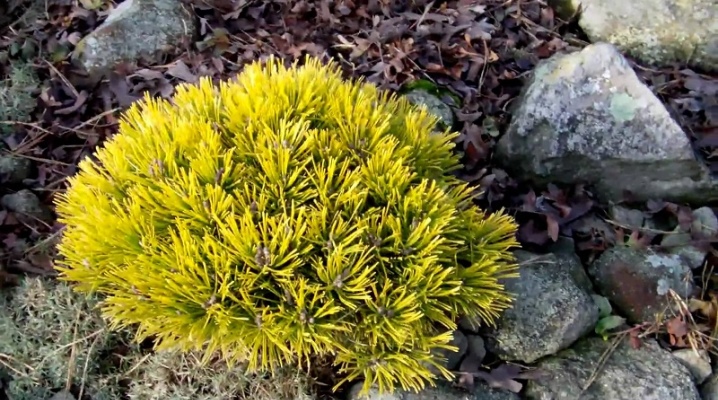
The name of the pine variety "Winter Gold" is translated as "Winter Gold", and there is an explanation for this. In summer, the needles of the tree have a rich green color, however, in the fall they become lemon yellow. In winter, the needles acquire a bright golden hue. This plant will decorate any area and add variety and elegance to its appearance.

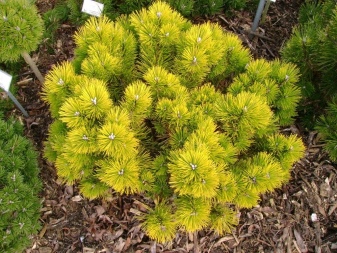
Growing regions
Winter Gold is an ornamental mountain pine. She became known back in 1969. It was bred by Dutch breeders, respectively, initially the territory of the Netherlands was considered the growing region. Today pine "Winter Gold" can be found in almost all natural areas of European countries. The main thing is that the soil meets the necessary requirements.
For this, the plant requires sandy loam or sandy soil. Acidic soil is not suitable for growing such a tree. In addition, the ground should be moist or moderately dry.
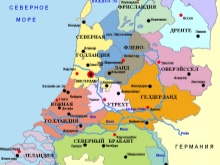
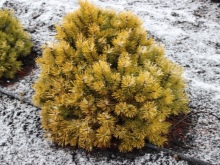
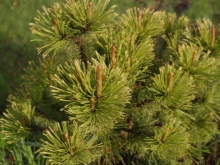
Feature and Description
These pines look very beautiful and will definitely attract attention on the site. They have a spherical and very dense crown. The needles grow in bunches of 2, they are short and rather tough. The branches are vertical and extend straight down to the ground. The bark of the tree is smooth, but over time it begins to crack, forming specific scales. Round buds are chocolate brown in color and grow up to 2-4 centimeters. The root system of this species is very well developed.
This pine is dwarf. It can be attributed to the group of slow-growing plants. For a year, "Winter Gold" is able to grow by only 4 centimeters. At the age of 10 years, the height of the tree is maximum 1 meter, and the width is up to 1.5 meters. This pine is considered a "chameleon". The color of its needles can change in summer, autumn and winter. The variety "Carstens Winter Gold" can be called the most striking. In winter, it takes on a rich orange hue. Gardeners call this plant unpretentious. It can grow on different soils, it is not demanding for watering, it is resistant to cold and winds. Perfectly adapts to new climatic conditions, it can easily withstand temperatures down to -35 degrees.
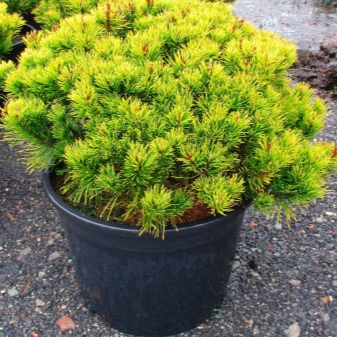
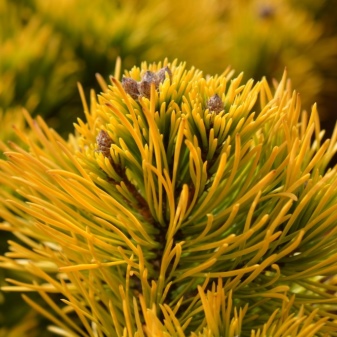
Landing
This culture prefers to grow in well-lit areas. The best option is considered if the site of rocky-sandy soil serves as the landing site. It should be in the sun. It is best to plant a tree either in mid-spring or from late summer to early autumn. If we are talking about frozen soil, then only large and strong shrubs will take root in it. In other cases, it is worth opting for 3-5-year-old seedlings, since they are the easiest to adapt to new conditions.
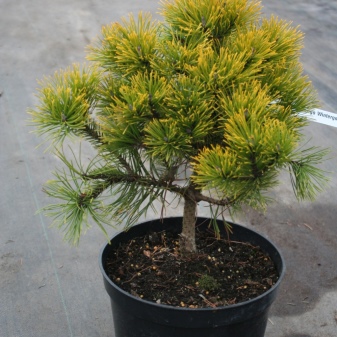
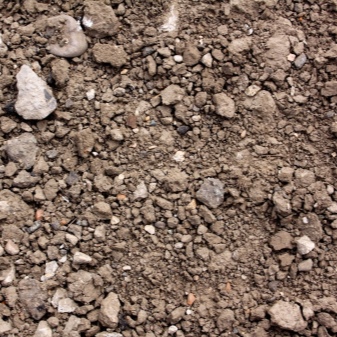
Site preparation
First of all, you should organize a landing site. The hole should be larger than the root system of the plant. The drainage layer should be about 20 centimeters and be of broken brick or gravel. Sand is added on top. This must be done in the case when work is carried out with wet and heavy soil. If we are talking about sandy soil, it is useful to add a little clay.
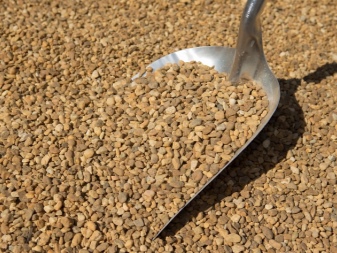
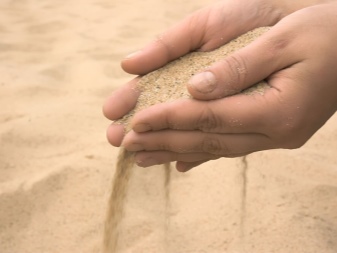
Landing technology
Usually a clod of earth is collected around the root system. You should try to preserve it as much as possible.The seedling is placed in a pre-prepared hole, and a substrate consisting of sand and turf soil is added there, used in a ratio of 1: 2. The mixture should be light enough to be able to pass both water and air.
The root collar should not be buried. It must be borne in mind that the soil will shrink, so it should eventually be at its level. The substrate should be tamped thoroughly and watered well. If several specimens are planted, a sufficient distance must be left between them, given that they will grow in the future.
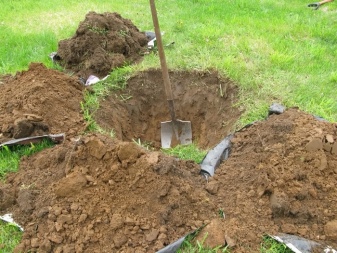
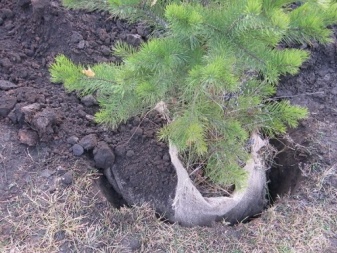
Watering
It should be noted that the pine "Winter Gold" does not require too frequent watering. The trunk circle needs to be saturated with liquid after the tree is planted. During the first month after planting, watering the seedling is required weekly. Each will need up to 2 buckets of water.
Starting from the second month, the procedure is required to be carried out only if there is a prolonged drought in the region. This variety can grow well with insufficient moisture.
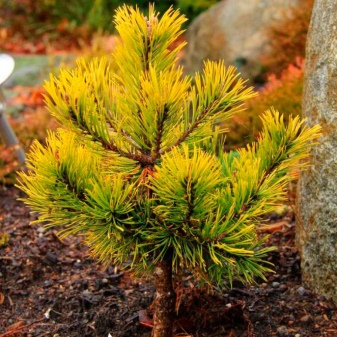
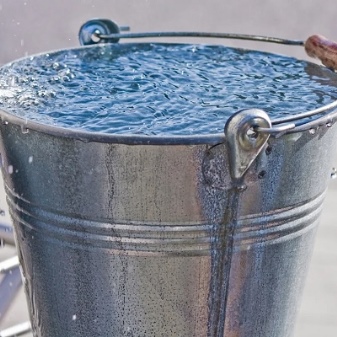
Top dressing
It should be noted that this type of coniferous trees does not need feeding. However, it will not be superfluous if a growth stimulant is introduced into the ground in the first year or two after planting. For 1 m2 of soil, this additive is required in the amount of 30-40 grams. After 2 years, the trees gain strength and are considered adults, so they do not need feeding.
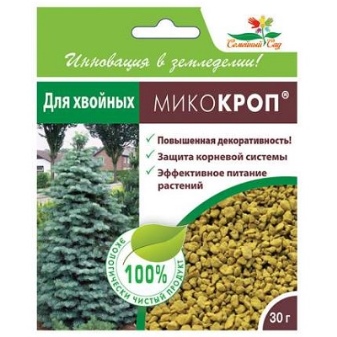
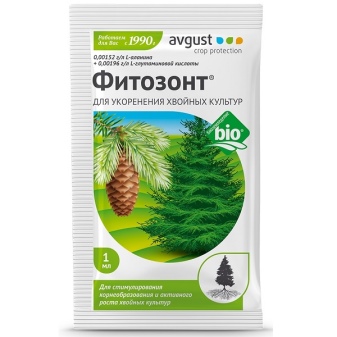
Mulching and loosening the soil
As for natural conditions, most often this culture grows on slightly acidic soil. It will be optimal to create similar conditions for the tree and on the site. Periodic mulching of the soil and its loosening will help in this matter. Mulching is done after the tree has been planted. You can use both natural organic matter and inorganic materials.
Humus, leaves, stones, sand, gravel, straw, etc. are perfect. Also, the trunk circle will need to be watered properly. The average layer of mulch is 5-7 centimeters. If needles fall from the tree, you do not need to remove them. The fact is that they are also capable of providing nutrients to the soil and retaining moisture in it.
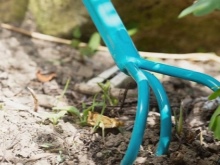
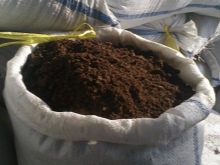
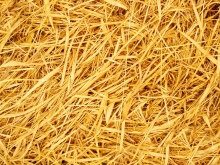
Haircut and trim
In order to control the growth of branches, a haircut should be done. It is done in the second year of the seedling's life. It is recommended to engage in crown formation just before the onset of spring. Trimming can be replaced by pinching. You can also cut pine grafted on a trunk. This will help shape the crown into a ball.
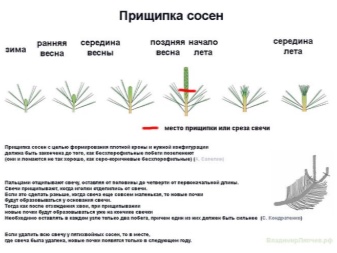
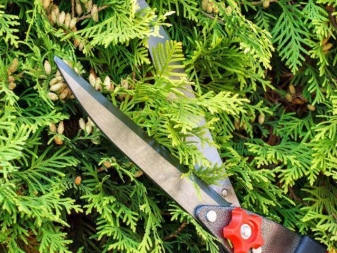
Preparing for winter
Winter is quite a challenge for the mountain pine. The fact is that the tree can both freeze and get sunburn. Therefore, it is best to take timely measures to protect it. The tree will not be disturbed by the shelter. You can make it from burlap or spruce wood. Covering material should not be removed until spring. If the instance is large enough, its branches should be linked. The fact is that the snow can be heavy, so it can break them, sticking on top. Besides, the snow cover must be cleaned between the branches, because it can work like a lens, which threatens with sunburn.
Ice is also very harmful. So that it does not linger on the bark, the tree must be sprinkled with peat or earth. The ice will thaw without causing any harm to the pine tree. In the spring, in order for the plant to "wake up", it must be watered with warm water.
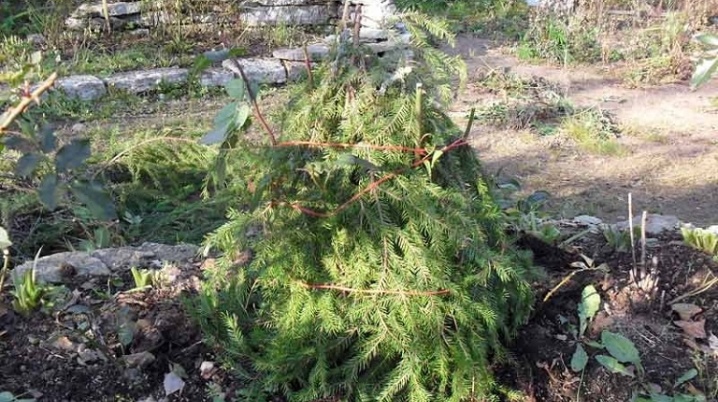
Reproduction
This process takes place every year, starting at the end of May or from the first month of summer. Flowering and fruiting starts when the pine turns 6 years old, after which it continues for another 10 years. The callus layer on the cuttings is rather narrow. This makes it difficult for shoots to shoot roots. Therefore, experts recommend propagation with seeds.
To tackle this issue, you first need to collect the buds. This is done at the end of autumn. The buds are placed in a warm place, where they should open up.The seeds must be put in water. Those that sink to the bottom are considered suitable for sowing. Next, the seeds must be placed in a weak solution of potassium permanganate for 30 minutes. After that, they are laid out on a cloth and removed in a dark place for 2 weeks.
The cloth should be constantly moistened.
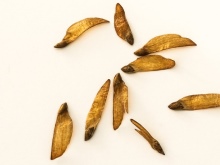

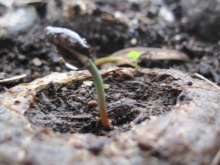
After this time, the seeds hatch. They will need to be treated with a fungicide and placed in a container with sphagnum and pine bark. The depth should be 5 millimeters. Further, the seeds are placed in the light and in the heat. We must not forget about timely watering. Closer to mid-spring, the first shoots will appear. Within a few months, their roots will grow stronger and gain strength. Planting should be done next spring.
In the next video, you will find more information on planting and caring for mountain pine.



































































The comment was sent successfully.